Napa Cabbage, also known as Chinese Cabbage, is a cool-season vegetable popular in Asian cuisine. This type of cabbage belongs to the cruciferous family, which includes other plants like Broccoli, Cauliflower, and Kale. These plants are known for their high nutritional value and health benefits.
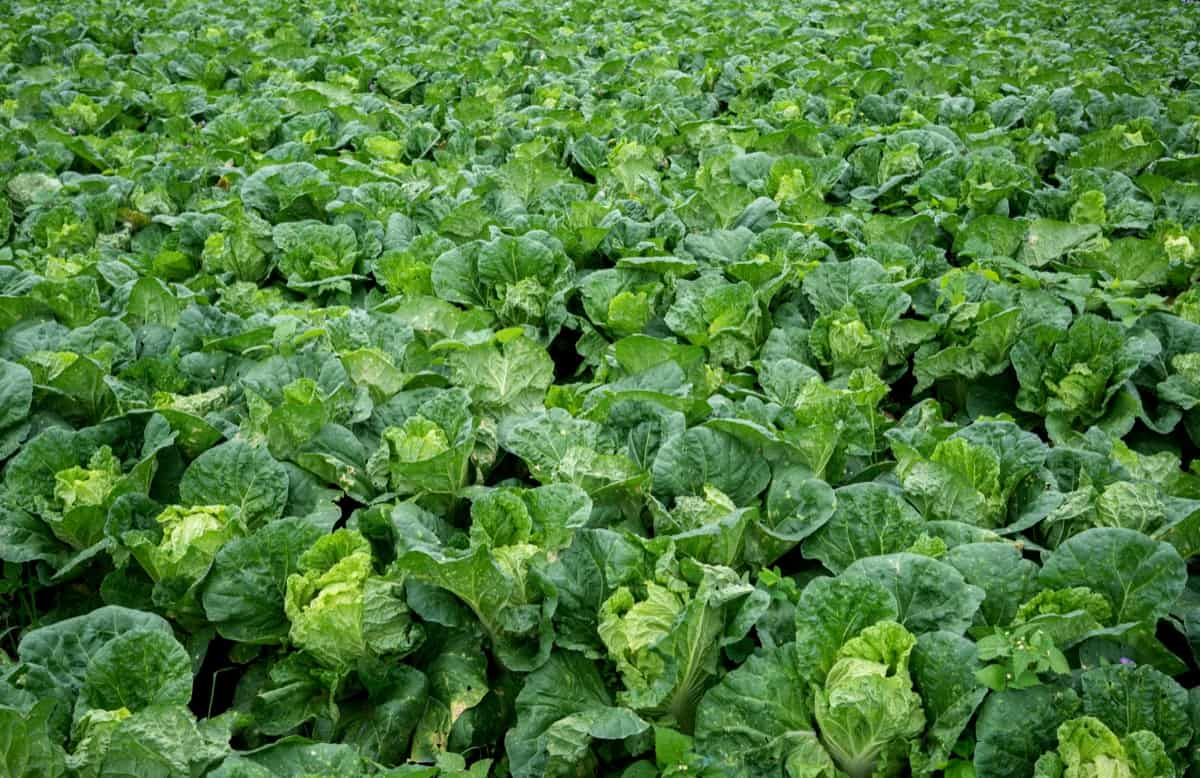
How to Start Napa Cabbage Farming
Different Varieties of Napa Cabbage
- Blues F1
- Chinese Express
- Monument
Soil and Light Requirement for Napa Cabbage Farming
- Having the right soil pH is important for growing Napa Cabbage. The ideal range for Napa Cabbage is between 6.5 and 7.0.
- To ensure your soil has the correct pH level, use a test kit or send your soil sample to a lab for analysis. If your soil’s pH is too low, add lime to raise it. Alternatively, if the pH is too high, sulfur can be added to lower it.
- Napa Cabbage requires 4 to 5 hours of direct sun each day for optimal growth. This means you must choose a location where your plants will receive enough sunlight. If you’re planting in a region with partial shade, you may have stunted or slow-growing plants.
- However, too much sunlight can also damage your Napa Cabbage. Extreme heat and intense light can cause the leaves to wilt or develop brown spots. Then, provide shade during the hottest part of the day.
Choose a Suitable Location for Napa Cabbage Farming
- The main step in starting a successful Napa Cabbage farm is to choose a suitable location. When selecting the site, it’s crucial to consider factors essential for growing healthy and productive crops.
- Sunlight is an important consideration when choosing a location for your Napa Cabbage farm. Ideally, you’ll want an area with four to five hours of direct sun daily. This will ensure your plants get enough light to grow strong and develop large heads.
- Another essential factor is soil quality. It’s also worth considering your area’s climate before setting up your farm, as Napa Cabbage thrives in cooler temperatures. In addition, accessibility should be considered when choosing a location since easy access makes transporting equipment and harvesting products easier.
Prepare the Land for Napa Cabbage Farming
- Firstly, remove any weeds or debris from the area where you plan to plant your cabbage. This will ensure that your plants have proper access to nutrients and water.
- After clearing your planting area, it’s time to test the soil. If necessary, add compost or other organic matter to improve the quality of your soil.
- It’s also important to till the ground thoroughly before planting, as this will help aerate the soil and promote healthy root growth.
- Before planting, create rows that are spaced at least 12 inches apart from each other for optimal growth and easy harvesting later on.
In case you missed it: Cabbage Farming in Polyhouse for Profit – A Full Guide
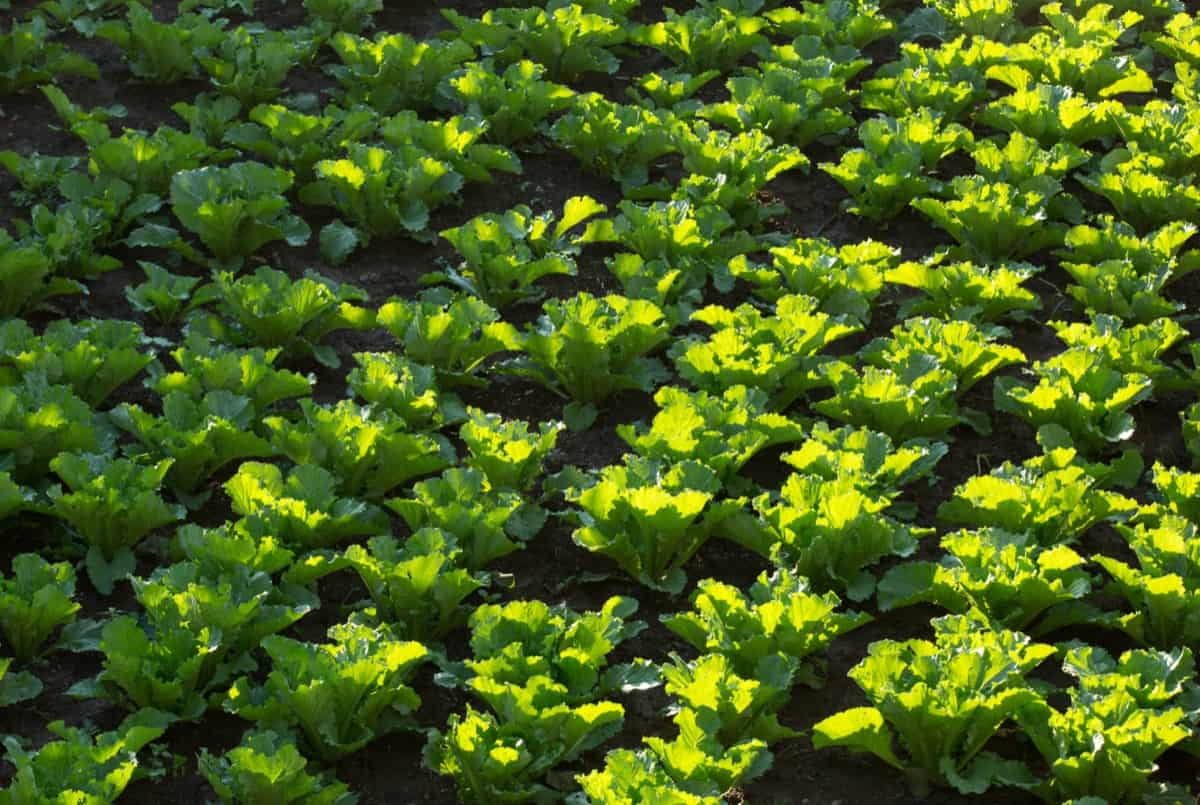
Plant the Napa Cabbage Seeds or Seedlings
- If you’re sowing seeds directly into the soil, space them 6 inches apart within each row and cover them with a light layer of soil. Water thoroughly, but be careful not to overwater them, which can lead to root rot.
- For those who have opted for seedlings instead of seeds, use a trowel or small shovel to dig holes large enough to accommodate their size – approximately 3 inches deep by three inches wide should suffice. Place one seedling per hole before gently filling it with loose soil around its base. Consider adding a layer of mulch over your newly prepared bed; this can help regulate temperature and moisture levels while suppressing weeds throughout the growing season.
How Do You Start Napa Cabbage from Seed?
- Choose the right time to plant based on your climate. When growing outside, space each seed 6 inches apart and plant them at a depth of 1/4 inch. Within just a few days, you’ll see new sprouts beginning to emerge from the soil.
- In contrast, if you prefer starting your seeds indoors for spring planting later on, plant them in containers with ample drainage holes. Once they germinate, move them outdoors into their designated spot after the danger of frost has passed.
- Regardless of which method you use when growing Napa Cabbage from seedlings, ensure proper spacing between plants once they’ve reached two inches tall by thinning out some so that those remaining are spaced about 12-18 inches apart for optimal growth conditions come harvest time.
Napa Cabbage Plant Care
- One important factor to consider when caring for your Napa Cabbage is light. Make sure they receive four to five hours of direct sun each day.
- Watering is another aspect of caring for your Napa Cabbage crop. Water the Napa Cabbage plant deeply once or twice a week, ensuring not to overwater as this can lead to root rot.
- Check for common pests like aphids and caterpillars by inspecting your plants weekly. If any signs of infestation appear, use insecticidal soap, neem oil spray, or organic pest control methods.
- Applying mulch around each plant’s base helps prevent weed growth.
- It’s essential to keep weeds away from your cabbage plants. Weeds compete with them for nutrients and can cause stunted growth or even kill them. Use a hoe or hand-pull any weeds as soon as you spot them.
- Fertilizing will also help give your plants the nutrients they need to grow healthy heads of cabbage. Use fertilizer every two weeks during their growing period. Fertilize your Napa Cabbage every 2 weeks with a balanced fertilizer high in nitrogen to promote leafy growth.
In case you missed it: Organic Cabbage Farming, Steps, Cultivation Practices
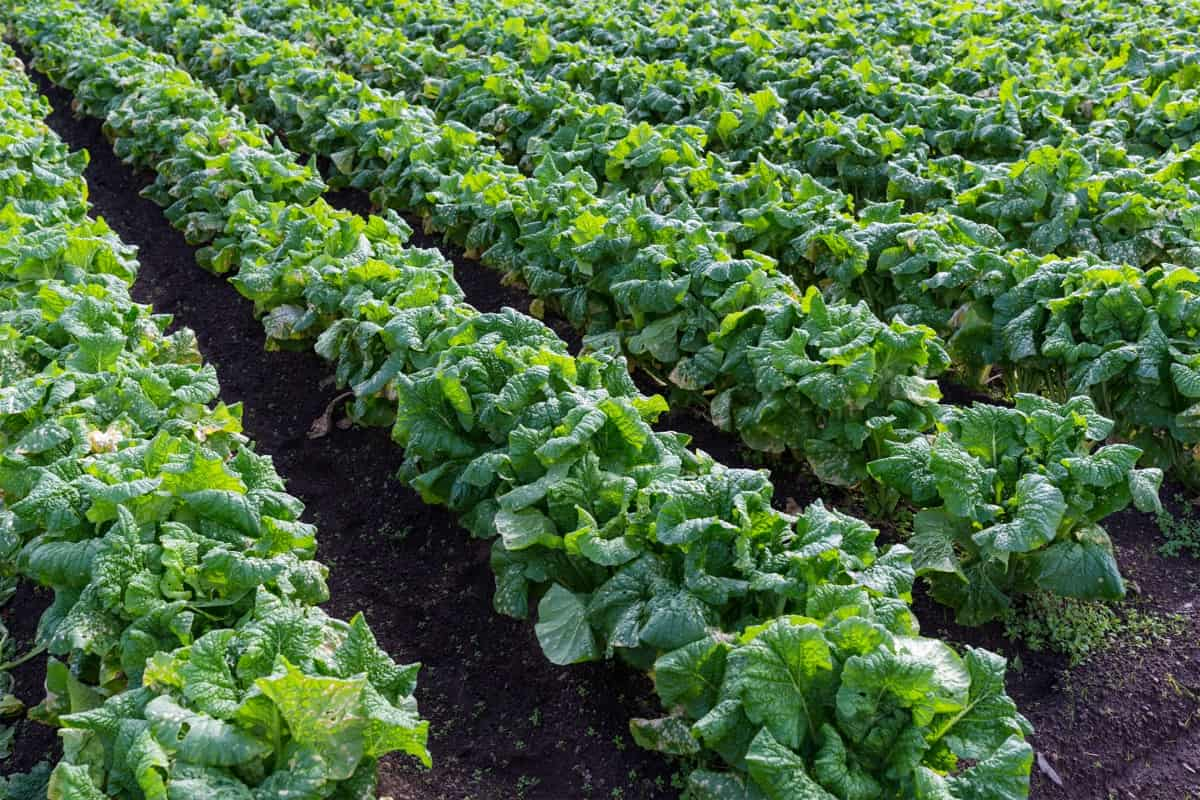
How to Grow Napa Cabbage in Pots
- To get started, choose a container that is at least 5 gallons in size and has ample drainage holes. This will ensure excess water doesn’t accumulate around the plant’s roots. When planting your Napa Cabbage, fill the container with well-draining potting soil mixed with compost to provide essential nutrients.
- Locate your pot in a sunny location where it will receive 4 to 5 hours of direct sunlight daily.
- When watering your plants, ensure not to overwater, as this can cause root rot. Instead, let the topsoil dry out slightly before giving it a good soak.
- Fertilizer must be applied every 2 weeks during the growing season using a balanced formula such as 10-10-10 or designed specifically for leafy greens.
Water Requirement for Napa Cabbage Farming
- Water is one of the most critical factors in Napa Cabbage farming. The plant requires regular watering to develop healthy and robust heads.
- If you’re growing your Napa Cabbages in containers or pots, ensure they have adequate drainage holes so that excess water can drain easily. This will help prevent standing water and potential problems caused by overwatering.
- One helpful tip for ensuring even watering is to use a drip irrigation system rather than overhead sprinklers. Drip systems deliver small amounts of water directly to the base of each plant, which helps prevent waste and encourages root growth.
- Remember that proper watering practices are crucial throughout all stages of growth – from seedling through maturity. Carefully watch the soil moisture level regularly, adjust your watering schedule accordingly based on weather conditions, and be prepared to give your plants extra hydration during hot spells or dry periods.
Temperature Requirement for Growing Napa Cabbage
- The ideal soil temperature for Napa Cabbage is between 15 and 18°C. This temperature range helps the seeds germinate quickly within a few days. It also promotes healthy growth and development of the plants.
- If you live in a colder region, waiting until the growing soil has warmed up before planting your Napa Cabbage seeds or seedlings is best. Use a soil thermometer to check your garden bed’s temperature level.
- If the soil is too cold, you can warm it by covering it with black plastic for one or two weeks before planting. The plastic will absorb heat from the sun and help raise the soil’s temperature.
- On hot summer days, ensure your Napa Cabbage plants get enough shade. Too much direct sunlight can cause them to wilt and become stressed, which makes them more susceptible to pests and diseases. Maintaining optimal soil temperatures is crucial for growing healthy Napa Cabbage plants that produce large heads.
In case you missed it: Growing Red Cabbage – Tips, Techniques, and Secrets
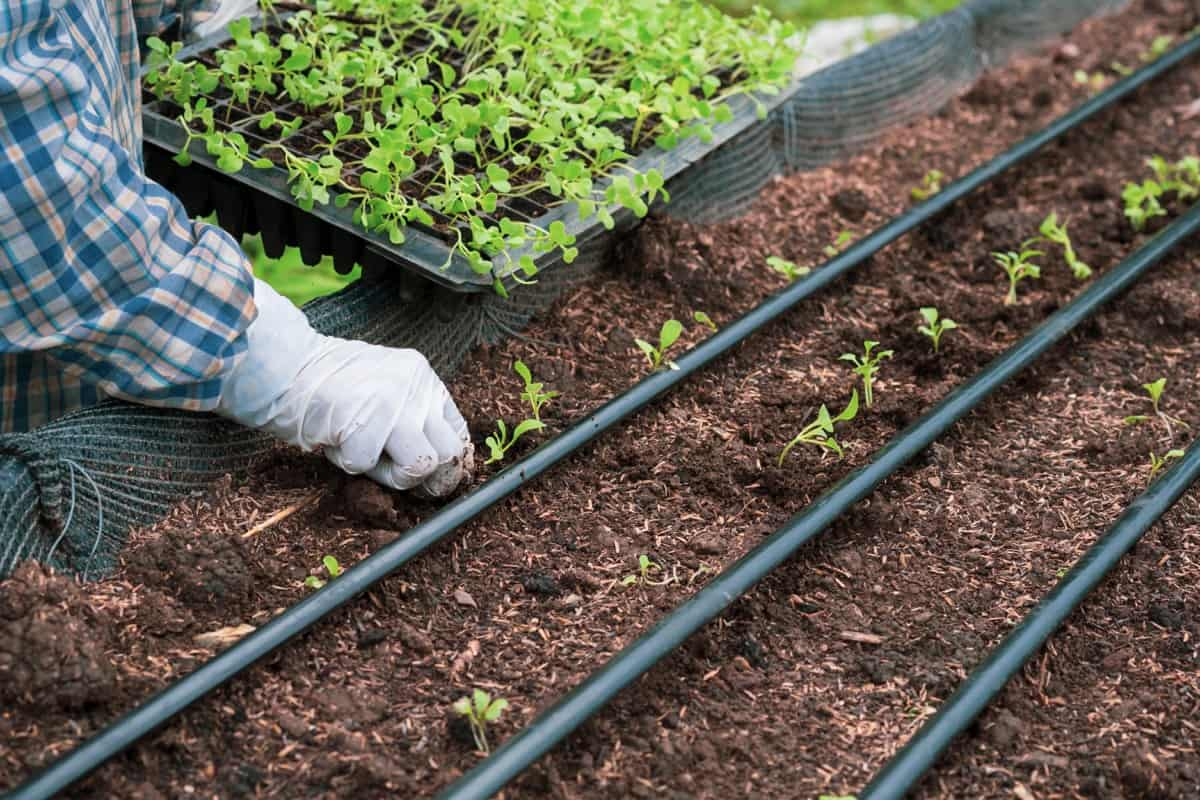
Napa Cabbage Growing Problems
- The biggest problem with Napa Cabbage is bolting. This happens when the plant starts to flower prematurely due to stress from high temperatures or inconsistent watering. To avoid this, make sure your plants are getting adequate water and provide them with shade during hot weather.
- Another issue you might face is pests such as aphids or cabbage worms. These insects can quickly destroy your crop if left unchecked but can be controlled through regular inspection and natural pest control methods like neem oil.
- Nutrient deficiencies like nitrogen deficiency may occur if your soil lacks essential nutrients needed for healthy growth resulting in slow growth of cabbages. To avoid nutrient-related problems, apply organic fertilizers, especially those rich in nitrogen.
Fertilizer Requirement for Growing Napa Cabbage
It ensures that the crop receives sufficient nutrients to grow healthy and produce a bountiful harvest. When choosing a fertilizer, choose one with balanced nitrogen, phosphorus, and potassium (NPK) ratios. Before planting your seeds or seedlings, prepare your soil by adding compost to improve fertility. Once your crops are established, side-dress them with additional fertilizer every three weeks until maturity. When applying fertilizers, be careful not to over-fertilize, as this can lead to excessive leaf development instead of head formation.
Additionally, avoid using chemical fertilizers with high levels of chlorine or sodium, as these elements can damage the plant’s roots. Remember also that the type of fertilizer you choose will depend on the growth stage and time of year. For instance, when plants need more nitrogen for foliage development during springtime, you should use slow-release organic fertilizers like fish emulsion. When heading begins in the fall, switch to potash-rich formulas like bone meal, which help promote rooting and development.
In case you missed it: Top 15 Steps to Boost Cabbage Yield: How to Increase Size, Quality, and Production
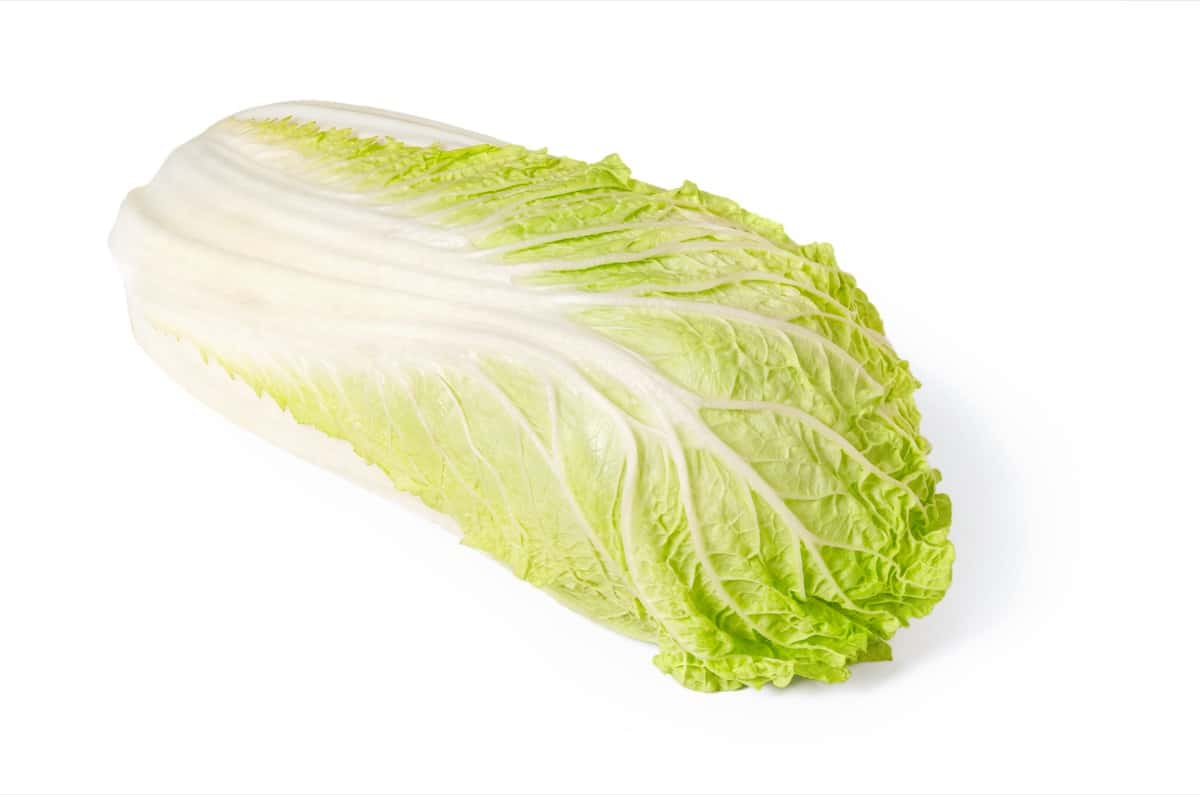
Common Pests and Diseases for Growing Napa Cabbage
- One common pest that attacks Napa Cabbage is aphids. These tiny insects suck sap from the plant’s leaves, causing them to leaf curl and turn yellow. To control an aphid infestation, spray your plants with water, dish soap, or neem oil.
- Pests like flea beetles also damage Napa Cabbage crops by feeding on the leaves or laying eggs near the base of seedlings. To control these pests naturally, use organic insecticides like neem oil or introduce natural predators such as ladybugs.
- Another pest that can damage your crop is the flea beetle. These tiny black beetles chew small holes in the leaves of young plants. You can deter these pests by placing row covers over your seedlings until they grow larger.
- Fungal diseases such as clubroot and powdery mildew can also affect Napa Cabbage. Clubroot causes stunted growth, while powdery mildew creates a white coating on the leaves. Rotate your crops yearly to prevent soil-borne diseases from taking hold in one area of your farm.
When and How to Harvest Napa Cabbage?
Growing Napa Cabbage can be done in gardens and containers properly. Once your Napa Cabbage crop has matured, it’s time to harvest them. The best time for harvesting is when the heads are firm and have reached their full size. This usually takes around 70-90 days from planting if grown from seed or 60-70 days if transplanted.
To harvest the cabbage, use a sharp knife to cut through the stalks just above ground level. Be careful not to damage any neighboring plants while doing so. Getting a clean cut is essential as this will help prevent rotting during storage. After harvesting, remove any damaged outer leaves and store them in a cool place with high humidity, such as a refrigerator. Properly stored, Napa Cabbage can last up to 2 weeks.
In case you missed it: How to Grow Cabbage in the USA: Soil, Planting, Propagation, Care, and Farming Tips
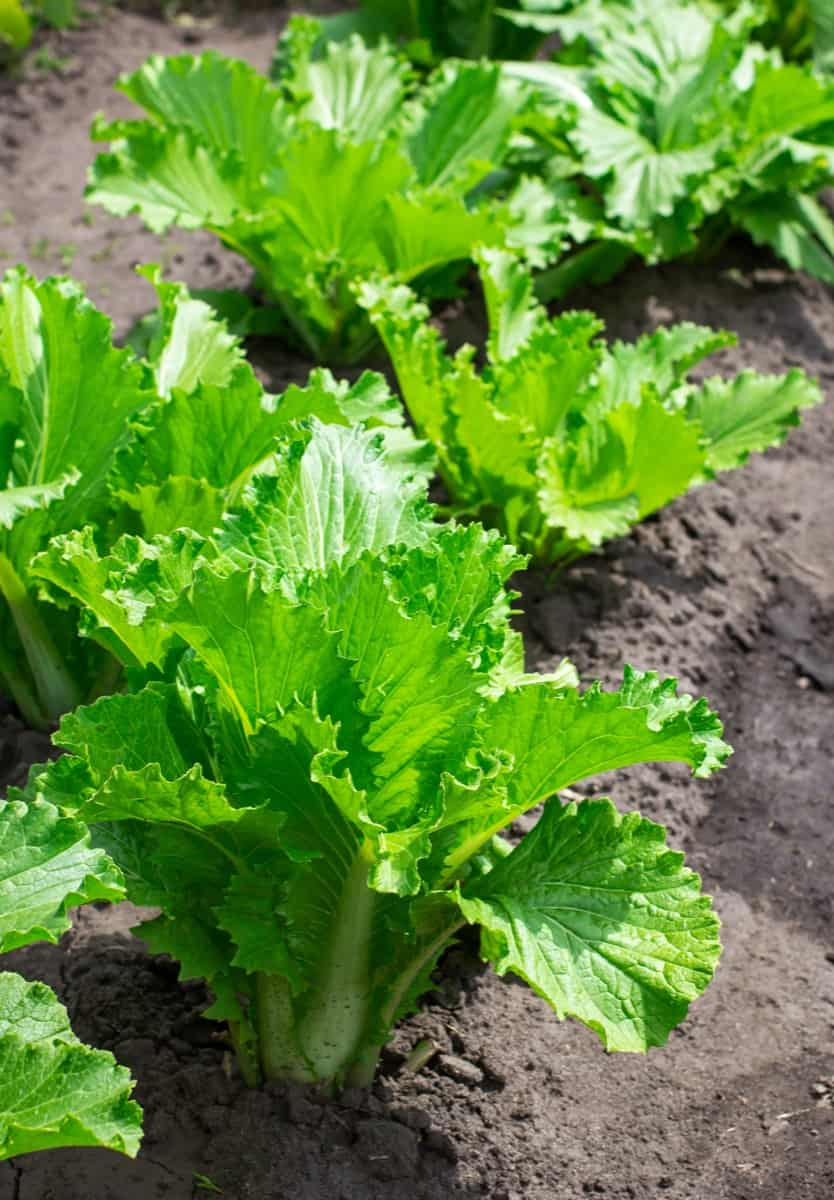
Conclusion
Starting Napa Cabbage from seed is a simple and rewarding process that can be done in your garden or indoors. Napa Cabbage has a mild flavor compared to traditional green or red cabbage. Its leaves are thinner and more delicate, making it great for salads or wraps. Growing Napa Cabbage in pots is an excellent option for gardeners with limited space or unsuitable soil conditions.
- Economical Aquaculture: A Guide to Low-Budget Fish Farming
- 15 Common Planting Errors That Can Doom Your Fruit Trees
- How to Make Houseplants Bushy: Effective Tips and Ideas
- Innovative Strategies for Boosting Coconut Pollination and Yield
- Pollination Strategies for Maximum Pumpkin Yield
- The Complete Guide to Chicken Fattening: Strategies for Maximum Growth
- Natural Solutions for Tulip Problems: 100% Effective Remedies for Leaf and Bulb-Related Issues
- Revolutionizing Citrus Preservation: Towards a Healthier, Greener Future
- Natural Solutions for Peony Leaf and Flower Problems: 100% Effective Remedies
- Maximizing Profits with Avocado Contract Farming in India: A Comprehensive Guide
- Natural Solutions for Hydrangea Problems: 100% Effective Remedies for Leaf and Flowers
- The Ultimate Guide to Choosing the Perfect Foliage Friend: Bringing Life Indoors
- From Sunlight to Sustainability: 15 Ways to Use Solar Technology in Agriculture
- The Ultimate Guide to Dong Tao Chicken: Exploring from History to Raising
- The Eco-Friendly Makeover: How to Convert Your Unused Swimming Pool into a Fish Pond
- Mastering the Art of Delaware Chicken Farming: Essentials for Healthy Backyard Flocks
- 20 Best Homemade Fertilizers for Money Plant: DIY Recipes and Application Methods
- How to Craft a Comprehensive Free-Range Chicken Farming Business Plan
- Brighten Your Flock: Raising Easter Egger Chickens for Beauty and Bounty
- How to Optimize Your Poultry Egg Farm Business Plan with These Strategies
- Subsidy for Spirulina Cultivation: How Indian Government Schemes Encouraging Spirulina Farmers
- Ultimate Guide to Raising Dominique Chickens: Breeding, Feeding, Egg-Production, and Care
- Mastering the Art of Raising Jersey Giant Chickens: Care, Feeding, and More
- Ultimate Guide to Raising Legbar Chickens: Breeding, Farming Practices, Diet, Egg-Production
- How to Raise Welsummer Chickens: A Comprehensive Guide for Beginners
- How to Protect Indoor Plants in Winter: A Comprehensive Guide
- Ultimate Guide to Grow Bag Gardening: Tips, Tricks, and Planting Ideas for Urban Gardeners
- Guide to Lotus Cultivation: How to Propagate, Plant, Grow, Care, Cost, and Profit
- Agriculture Drone Subsidy Scheme: Government Kisan Subsidy, License, and How to Apply Online
- Ultimate Guide to Raising Araucana Chickens: Breed Profile, Farming Economics, Diet, and Care
- Bringing Hydroponics to Classroom: Importance, Benefits of Learning for School Students
- Ultimate Guide to Raising Polish Chickens: Breed Profile, Farming Economics, Diet, and Care
- Ultimate Guide to Raising Australorp Chickens: Profile, Farming Economics, Egg Production, Diet, and Care
- Silkie Chicken Farming: Raising Practices, Varieties, Egg Production, Diet, and Care
- Sussex Chicken Farming: Raising Practices, Varieties, Egg Production, Diet and Care
- Homemade Feed Formulations for Livestock: Discover Cost-effective Starter to Finisher Feed Recipes
It is a very useful blog and very important information about Mulch.